If buying any spare lamps is on your to-do list, this might be your last chance to get some. Compact fluorescent lamps will soon be out of the market. That means that, even though you can keep using them, there won’t be any new ones being produced. Continue reading to find out why.
A Compact Fluorescent Lamp (CFL) is a type of lamp that bases its function on mercury.
Every fluorescent bulb works thanks to its distinctive tube shape; mercury and argon fumes move inside the bulb, producing invisible ultraviolet (UV) light. This light reacts with the fluorescent, white powder coating on the inside side of the glass tubing and transforms into the white, visible light we can see coming out. That’s why they take a few seconds to light up when you switch them on. You can easily recognise a CFL bulb from its folded tube shape, which helps it fit in the place of a standard-sized lamp where a long fluorescent tube wouldn’t.
It’s not the first time we see a type of bulb being phased out. In fact, it was the compact fluorescent lamps that came to replace incandescent lamps gradually. The 90’s go-to was led to obsoletion after the more energy-efficient fluorescent bulbs got introduced to the mass market. Even though they are slightly more expensive to purchase than their predecessor, their longevity and high customisability in colour, shape, and wattage took over and finally pushed incandescent lamps out of the market in 2019.
CFL lamps work best when you need light from more than one direction, making them popular in hospitality, residential, and office spaces. The next most popular use is for hidden, atmospheric lights. Think of built-in bookcases, bathroom mirrors, and stairs. So, make sure to check your lights for CFLs and stock spares.
The fluorescent bulbs phasing out is linked to the RoHS initiative. RoHS stands for “Restriction of the use of Hazardous Substances”, and it aims to limit the amount of hazardous chemicals in electronics — mercury is one of them. Until now, there was an exemption for CFL and other fluorescent lamps, but these were recently amended. In more detail, 2024 will be the year when the production of several fluorescent bulbs will stop:
• Compact fluorescent lamps (CFL) as of 1 February 2024
• T5 and T8 tubes as of 1 February 2024
• Fluorescent lamps in ring form (T9 circular) as of 24 February 2025
Despite this, there are still some cases that are considered exempt, like emergency lighting, battery-operated light sources, fixtures with replaceable light sources, and works of art.
You can keep using any CFL lamps you might have around the house or business, and if any stop working, you can still buy as many as you want. However, soon the only available items will be what’s left in stock.
CFL light bulbs are safe when used and disposed of correctly. While mercury is highly toxic, there is no risk to your health when the lamps are unbroken. And even then, the amount of mercury used is so small that it can’t cause harm unless mishandled or stored carelessly.
In case a CFL breaks, there are some simple steps you can take to ensure their safe removal:
• Let people and pets out of the room
• Air out the room for at least 10 minutes
• Shut off the air-conditioning or heating
• Wear disposable gloves and wipe up the broken glass and powder with a wet paper towel
• Avoid using a vacuum. Instead, you can use sticky tape to pick up any remaining small bits
• Put everything in a sealed plastic bag and take it outside. Check with your local council requirements before disposing.
Similar to batteries, fluorescent bulbs don’t go to the regular bin. Instead, several places around the UK recycle or collect them. You can find which one is closest to you.
Alternatively, simply send your old light bulb back to us and we will recycle it as part of our WEEE scheme.
If you can’t find any CFLs, then you can consider switching to LED bulbs, which now have a longer lifespan while consuming less energy. You can find everything about this type of bulb in our guide on LED Lighting. Here are a few things you can do to help you choose the bulb that would work best for your fixture:
• Determining what type of base and bulb it takes
• Deciding on the type of bulb you want
• Picking the perfect brightness and colour temperature
Explore our range of LED and CFL lamps.
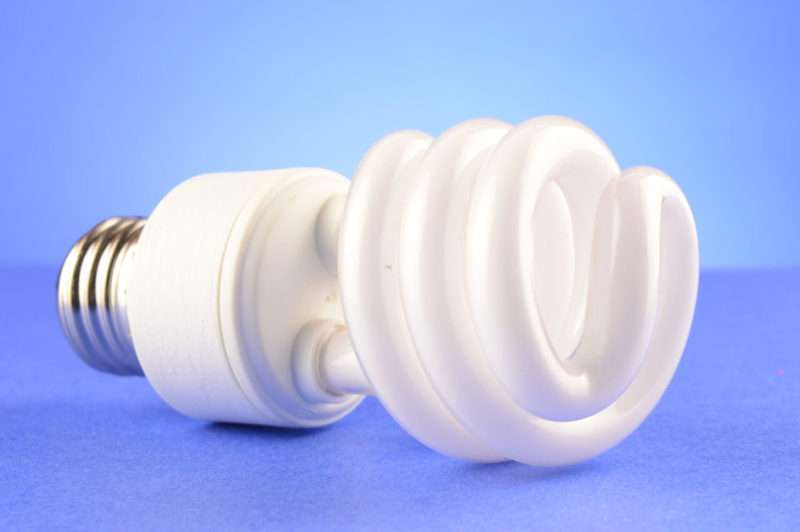
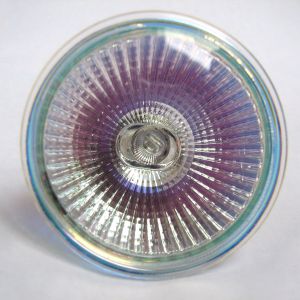
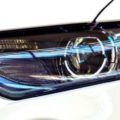
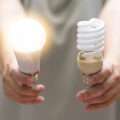
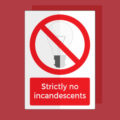
The government and local electric companies pushed the CFLs at the same time that the mercury in them was recognized as a problem. So after selling millions of them, the turn to LEDs began. Technology driven, or marketing driven? We may never know.
There is an incandescent bulb that has been burning in a San Francisco fire house since 1901. Ancient (by modern standards) tech that seems to have made all the “advances” in household lighting pale by comparison. See the article here: https://historyfacts.com/science-industry/fact/worlds-longest-burning-lightbulb/